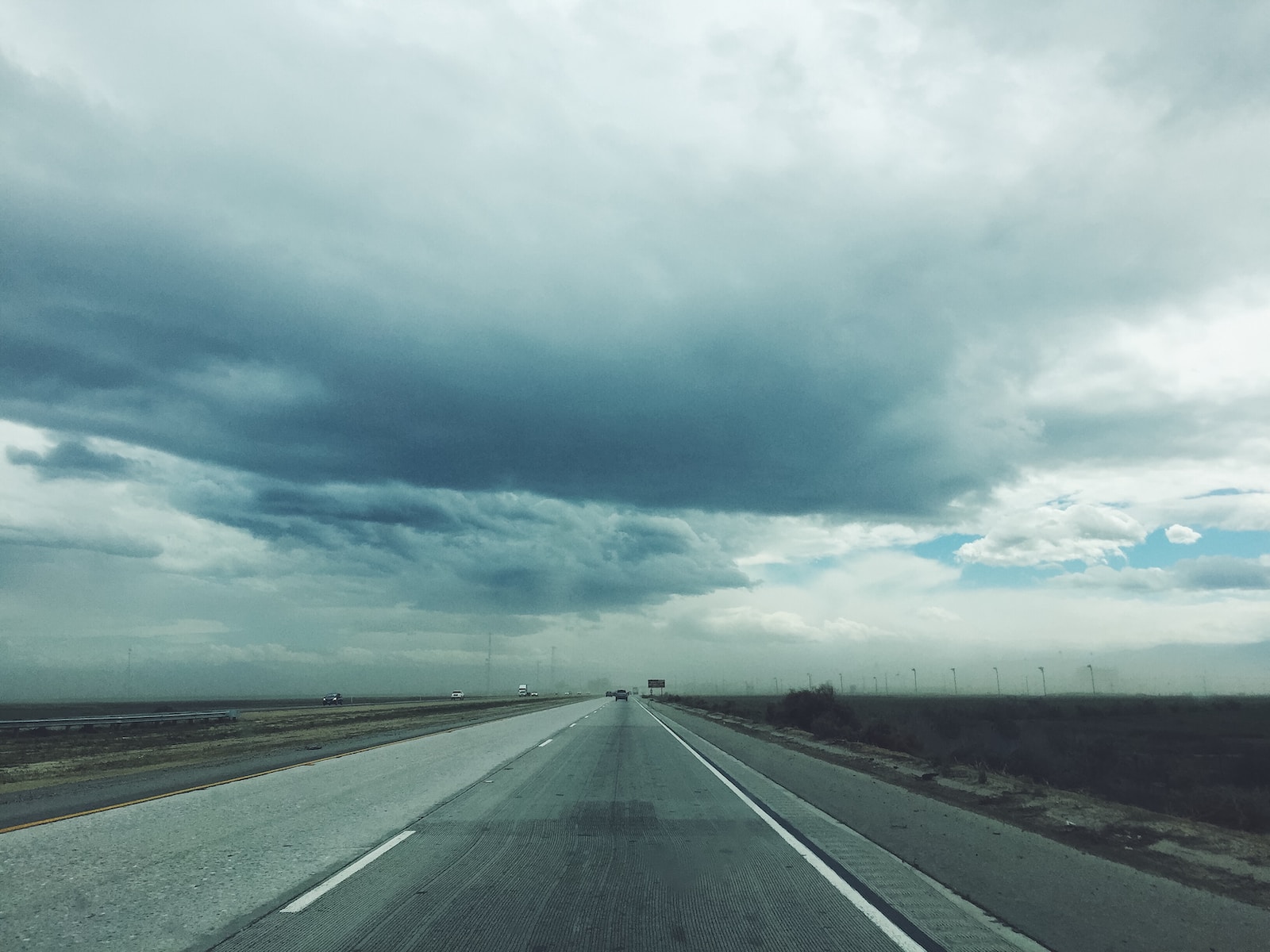Table of Contents
ToggleIntroduction
California has been suffering from a severe drought and heat wave that have worsened the state’s fire season. But a tropical storm in the Pacific Ocean could bring some changes to the state’s weather and fire conditions this weekend. Tropical Storm Hilary, which formed on July 22, is expected to move northwestward and weaken over the next few days. However, it could still influence California’s weather and fire season in several ways.
How Tropical Storm Hilary Could Bring Some Relief to California
One of the possible benefits of Tropical Storm Hilary is that it could bring some moisture and cooler temperatures to California, especially to the southern and central parts of the state. According to the National Weather Service, Tropical Storm Hilary could increase the humidity levels and lower the temperatures in some areas by early next week. This could help ease the drought and heat stress that have been affecting the state.
Another possible benefit of Tropical Storm Hilary is that it could enhance the monsoon flow that brings thunderstorms and rain to parts of California, Arizona, Nevada, and Utah. The monsoon flow is a seasonal pattern of winds that carry moisture from the Gulf of Mexico and the Pacific Ocean to the Southwest. The monsoon flow usually peaks in July and August, but it has been weak and sporadic this year due to the drought and high pressure. However, Tropical Storm Hilary could boost the monsoon flow and increase the chances of rain and thunderstorms in some areas.
How Tropical Storm Hilary Could Pose Some Risks for California’s Fire Season
While Tropical Storm Hilary could bring some relief to California’s drought and heat, it could also pose some risks for the state’s fire season. One of the possible risks is that Tropical Storm Hilary could trigger dry lightning strikes that could ignite new fires or worsen existing ones. Dry lightning is a type of lightning that occurs without significant rainfall, which means that it does not moisten the vegetation or soil. Dry lightning can be very dangerous for fire-prone areas, as it can start fires in remote or inaccessible locations that are difficult to contain or extinguish.
Another possible risk of Tropical Storm Hilary is that it could create gusty winds that could fan the flames of existing fires or spread new ones. Gusty winds can increase the fire activity and behavior, making them more unpredictable and challenging to control. Gusty winds can also carry embers or firebrands that can ignite spot fires ahead of the main fire front, creating more fire perimeters and increasing the fire size.
How to Prepare for the Possible Impacts of Tropical Storm Hilary
Given the possible impacts of Tropical Storm Hilary on California’s weather and fire season, it is important to be prepared and stay informed. Here are some tips on how to prepare for the possible impacts of this storm:
- Monitor the weather forecasts and alerts from your local National Weather Service office or other reliable sources. Pay attention to any changes in the weather conditions or fire activity in your area.
- Follow the instructions and advice from your local authorities, such as emergency management agencies, fire departments, or law enforcement agencies. Be ready to evacuate if ordered or advised to do so.
- Have an emergency plan and kit ready for yourself, your family, your pets, and your property. Your emergency plan should include where to go, how to get there, what to take, and who to contact in case of an emergency. Your emergency kit should include essential items such as water, food, medications, first aid supplies, flashlights, batteries, radios, phones, chargers, cash, documents, clothing, and personal hygiene items.
- Protect your property from fire by creating defensible space around your home or business. Defensible space is an area around your property that is cleared of flammable materials such as dry vegetation, wood piles, propane tanks, or patio furniture. Defensible space can help slow down or stop the spread of fire and provide a safe zone for firefighters to work.
- Stay alert and aware of your surroundings. Watch out for signs of fire or smoke in your area. Report any fires or suspicious activities to 911 or your local fire department.
Tropical Storm Hilary is a reminder that California’s weather and fire season are unpredictable and dynamic. While this storm could bring some relief to the state’s drought and heat, it could also pose some risks for the state’s fire season. By being prepared and aware, you can reduce the risks and impacts of this storm and protect yourself, your loved ones, and your property. Stay safe and stay informed.







